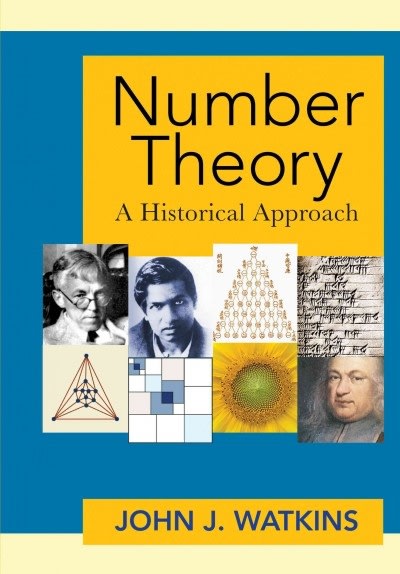Answered step by step
Verified Expert Solution
Question
1 Approved Answer
Two dogs - Lisa and Cooper - share a population of N fleas. Fleas jump from one dog to another independently at rate per minute.
Two dogs - Lisa and Cooper - share a population of N fleas. Fleas jump from one dog to another independently at rate per minute. Let Xt denote the number of fleas on Lisa at time t (measured in minutes). We assume that (Xt)t>=0 is a birth-and-death process. Suppose there are x = 0, 1, . . . , N fleas on Lisa at time t = 0.
(a) Compute the expected number mx(t) of fleas on Lisa at time t > 0, i.e., find mx(t)= E[Xt | X0 = x].
Compute lim(t->infinity) E[Xt | X0 = x] i.e., the expected number of fleas on Lisa in the long-run.
Step by Step Solution
There are 3 Steps involved in it
Step: 1

Get Instant Access to Expert-Tailored Solutions
See step-by-step solutions with expert insights and AI powered tools for academic success
Step: 2

Step: 3

Ace Your Homework with AI
Get the answers you need in no time with our AI-driven, step-by-step assistance
Get Started


